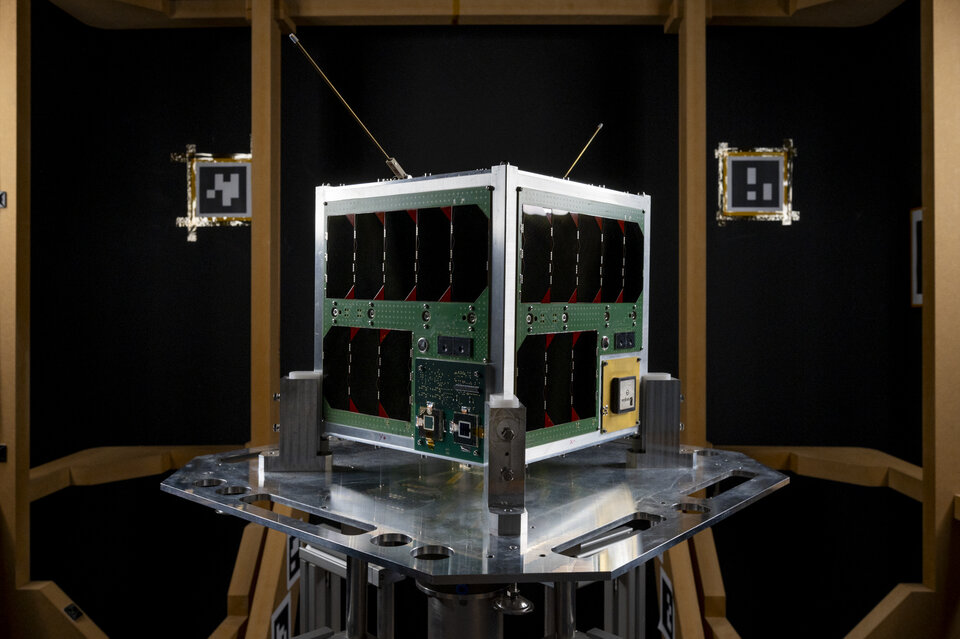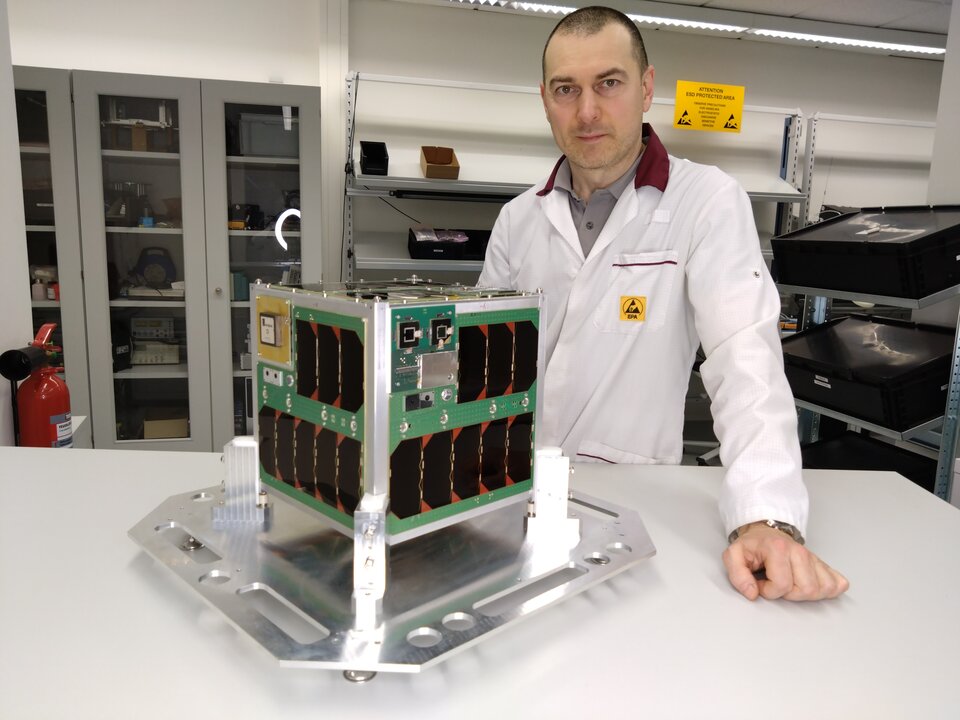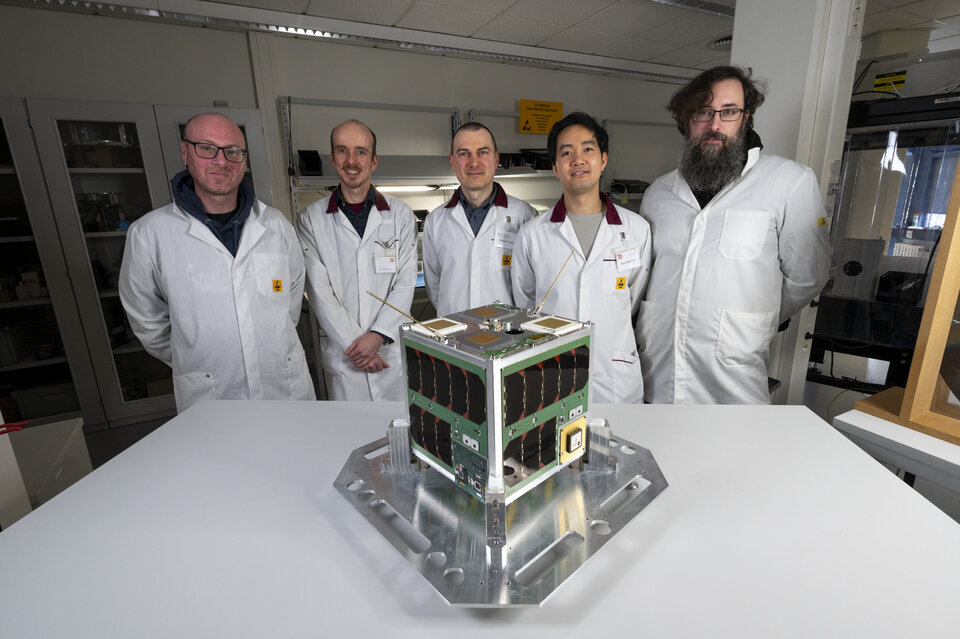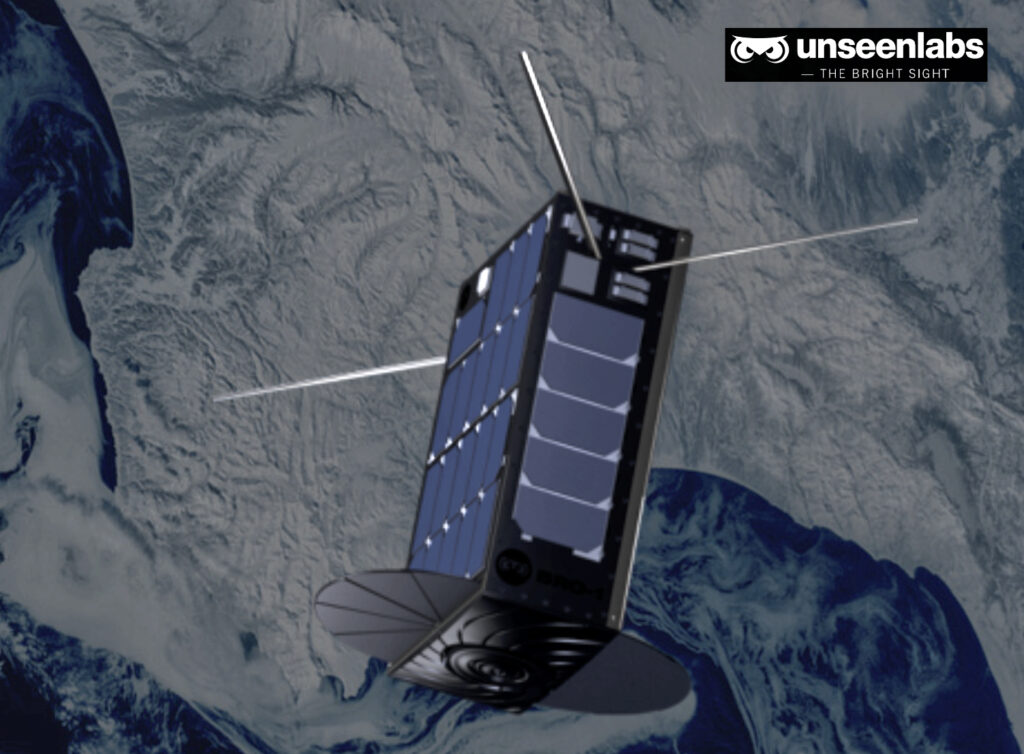
Unseenlabs‘ space-based RF detection satellites engage in RF space-based detection that are specifically designed for maritime surveillance that improve the detection, tracking, and characterization of maritime activities by leveraging a fleet of 13 monosatellites, with four additional units slated for launch in 2024. These satellites have been pivotal in providing critical intelligence to combat illegal fishing, piracy, and other maritime threats, effectively covering vast areas at sea.
Building on this success, Unseenlabs is expanding its surveillance capabilities to include terrestrial and space environments in addition to maritime with its upcoming constellation. This new fleet will be comprised of advanced 150 kg satellites and is tailored to monitor a wider range of emissions across all domains, enhancing global security and compliance capabilities.
Unseenlabs’ patented RF monosatellite technology sets the company’s smallsats apart from more traditional, tri-satellite systems. The Unseen Labs approach allows a single satellite to perform RF intelligence collections independently, providing a resilient, cost-effective solution with significant operational savings. This technological edge ensures persistent, global coverage and continuous operation under any weather conditions, 24/7.
The 2026 constellation will capitalize on Unseenlabs’ proven monosatellite technology, extending the surveillance reach to include land and space, in addition to maritime. This expansion is designed to meet evolving global security needs, offering unprecedented coverage and detection capabilities of many more multidomain targets. On land, the constellation will track crucial emissions from devices such as satellite phones and jammers, while also enhancing existing maritime surveillance prowes
The effectiveness of Unseenlabs’ current constellation in maritime surveillance has demonstrated its capability to significantly reduce illegal activities and economic losses, particularly in the fishing industry, which suffers an estimated $36 billion annually due to illegal operations. Unseenlabs’ technology’s unique RF fingerprinting ability enables accurate identification and tracking of vessels, providing vital Intelligence for enforcement and conservation efforts.
Unseenlabs also serves a wide array of private sector stakeholders. These include insurers requiring accurate intelligence for risk assessment and claim management, shipowners in need of dependable vessel tracking, and companies in the oil & gas and offshore industries seeking advanced monitoring and security solutions.
With the introduction of its new constellation, Unseenlabs will continue to offer surveillance intelligence capabilities, interoperability with other EO systems, and rapid delivery of mission-critical intelligence with sub-kilometer accuracy. The firm’s solutions are designed for current needs and future challenges, thereby ensuring that Unseenlabs remains a leader in RF detection from space
Clément Galic, CEO & Cofounder of Unseenlabs, said, “The launch of our next-generation satellite constellation marks a pivotal moment in our journey. This expansion into terrestrial and space surveillance embodies our commitment to pioneering comprehensive global monitoring solutions. We are not just extending our reach; we are setting new standards for the industry.”
Jonathan Galic, Unseenlabs’ CTO and Cofounder, said, “Our new constellation will leverage cutting-edge monosatellite technology to deliver unparalleled accuracy and flexibility across multiple domains. With this next-generation capability, we will monitor and analyze RF emissions more efficiently than ever, ensuring swift and precise intelligence delivery in near real-time conditions.”
About Unseenlabs
Since its inception, Unseenlabs has been committed to innovation and excellence in RF detection surveillance. As the pioneer and global leader provider of RF monosatellite technology that has been space-proven, it delivers robust, future-ready solutions that are perfectly aligned with international security standards and strategic defense objectives. Unseenlabs’ ongoing advancements in satellite technology and data analysis reaffirm its pioneering status and dedication to enhancing global surveillance capabilities.

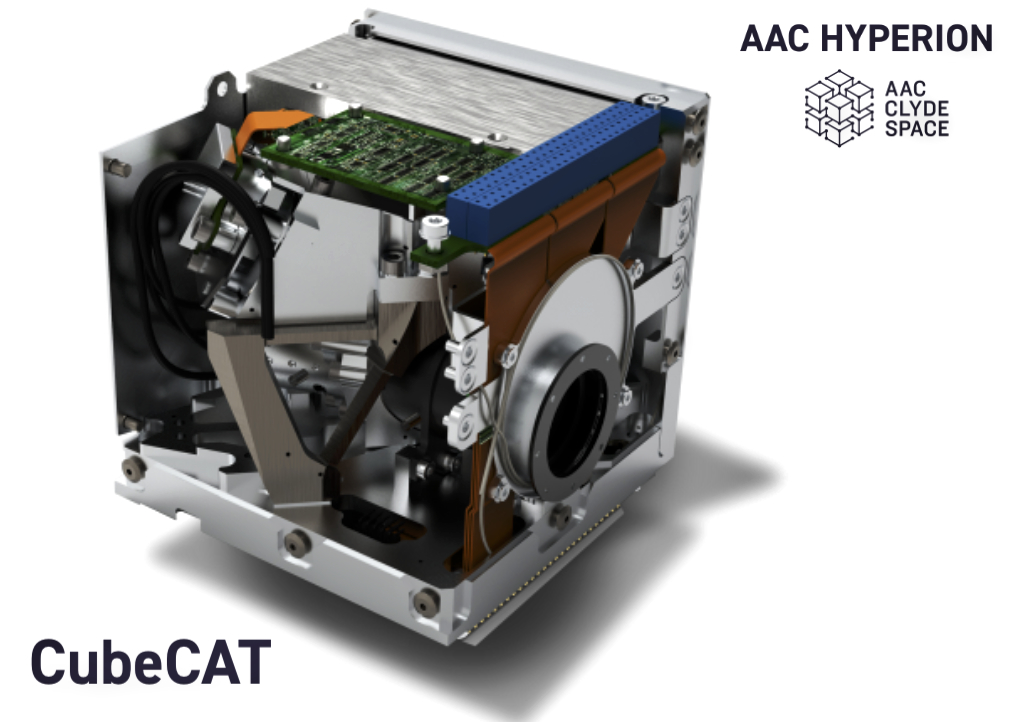
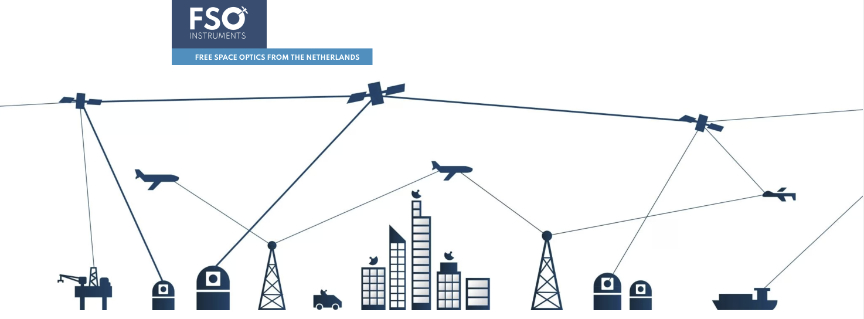

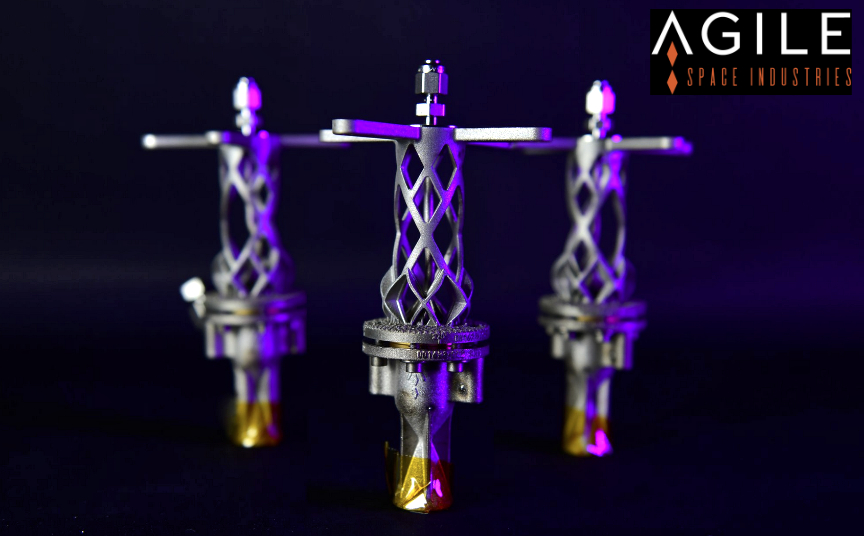
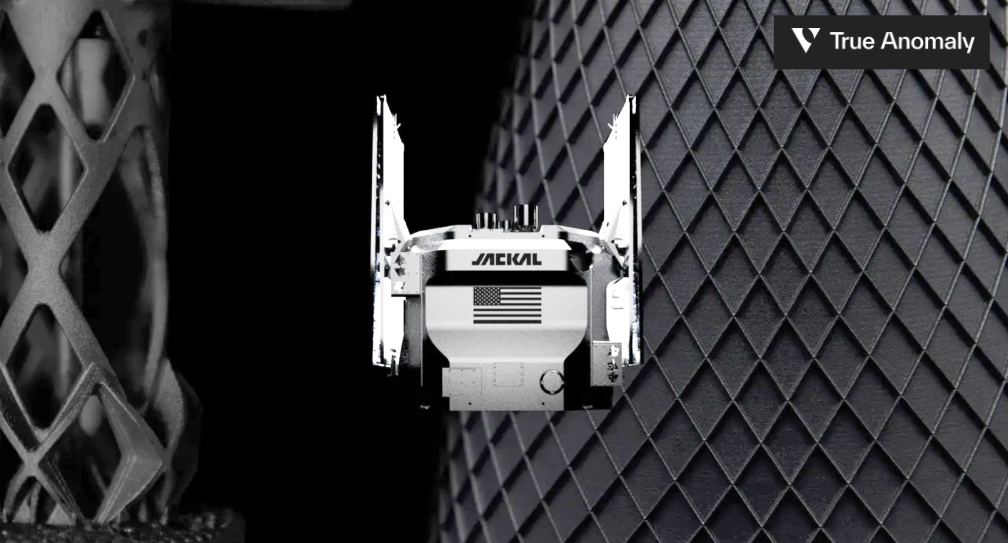
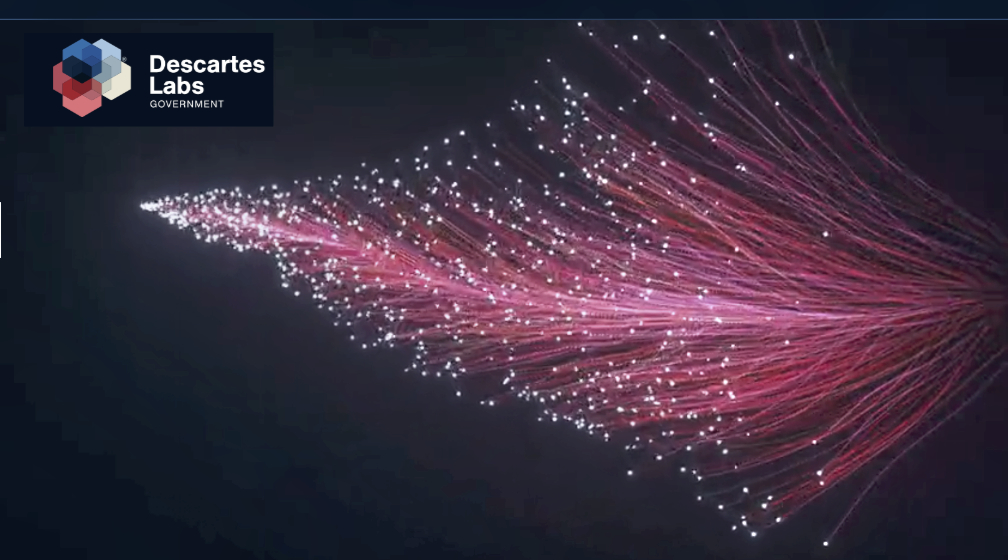
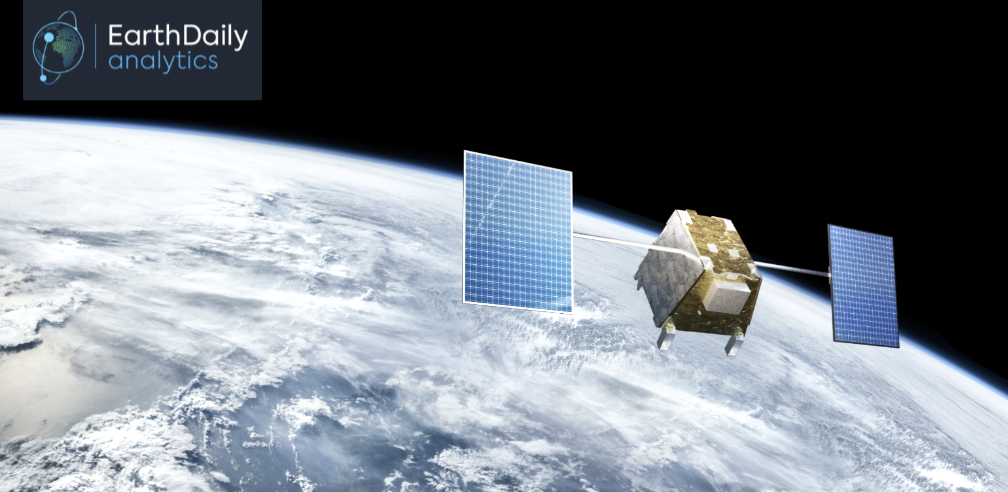

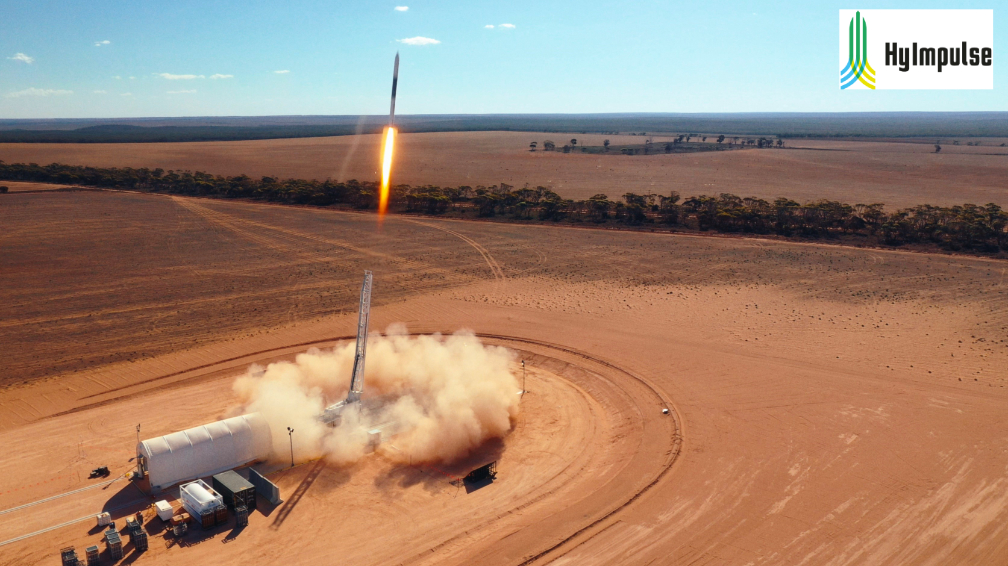
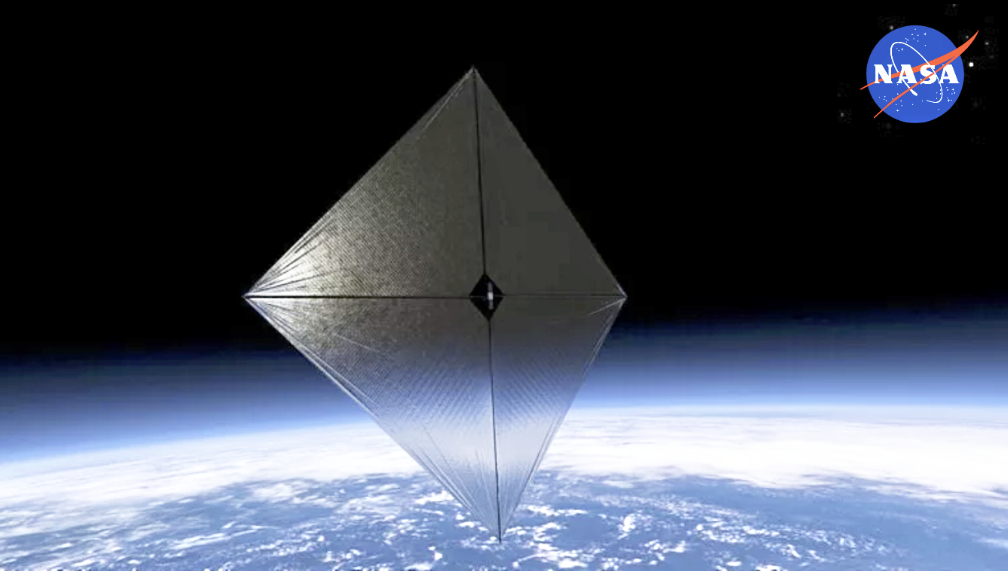

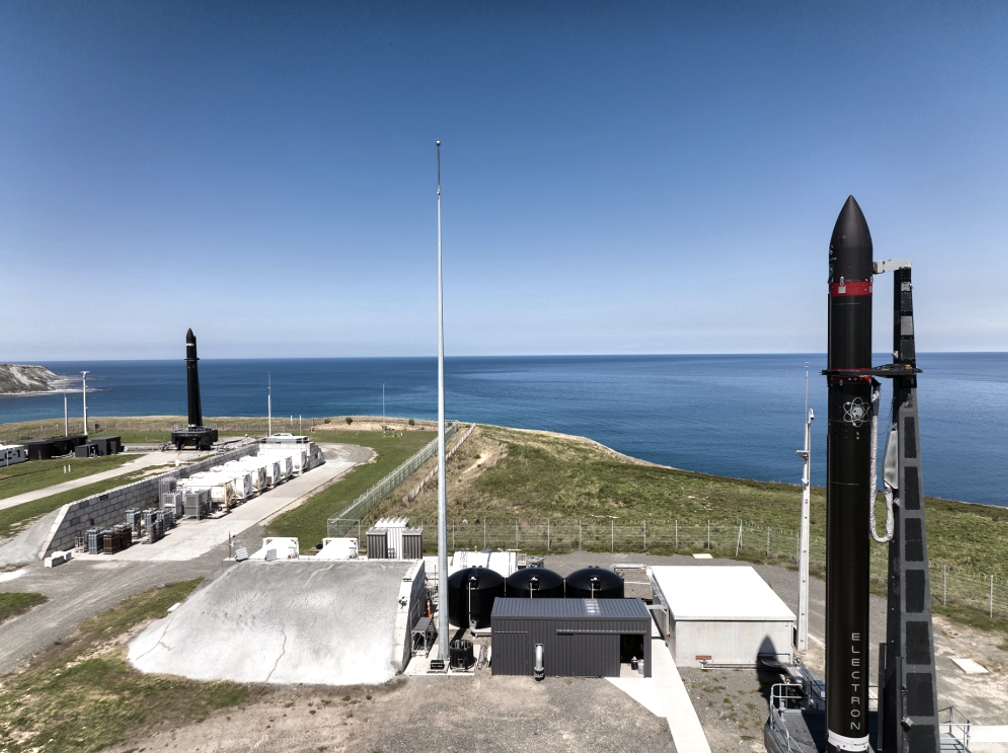

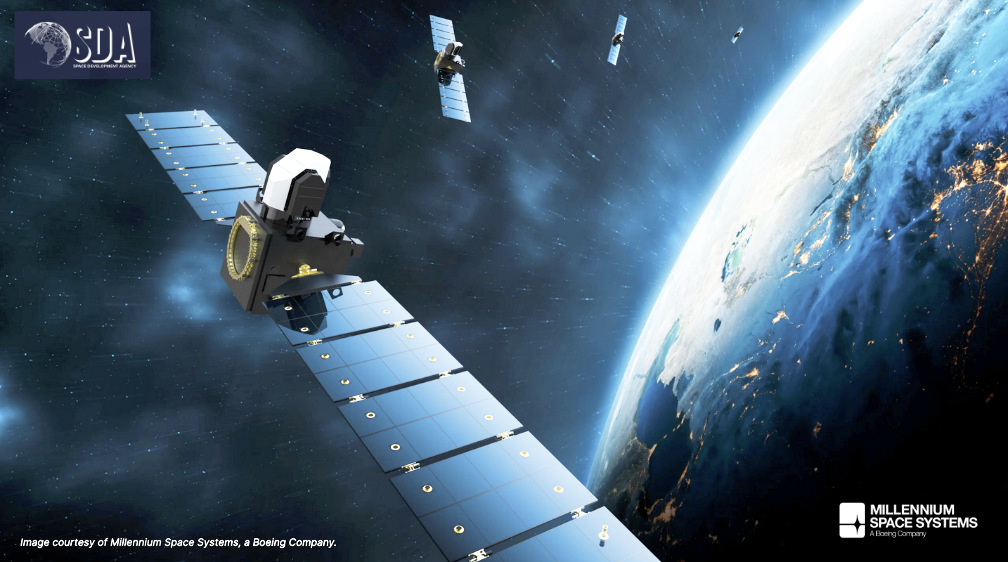

 , global weather forecasts, proprietary data sources like ocean winds and soil moisture, and additional atmospheric weather datasets, serves customers across various industries including energy, logistics, utilities, agriculture and more.
, global weather forecasts, proprietary data sources like ocean winds and soil moisture, and additional atmospheric weather datasets, serves customers across various industries including energy, logistics, utilities, agriculture and more.


